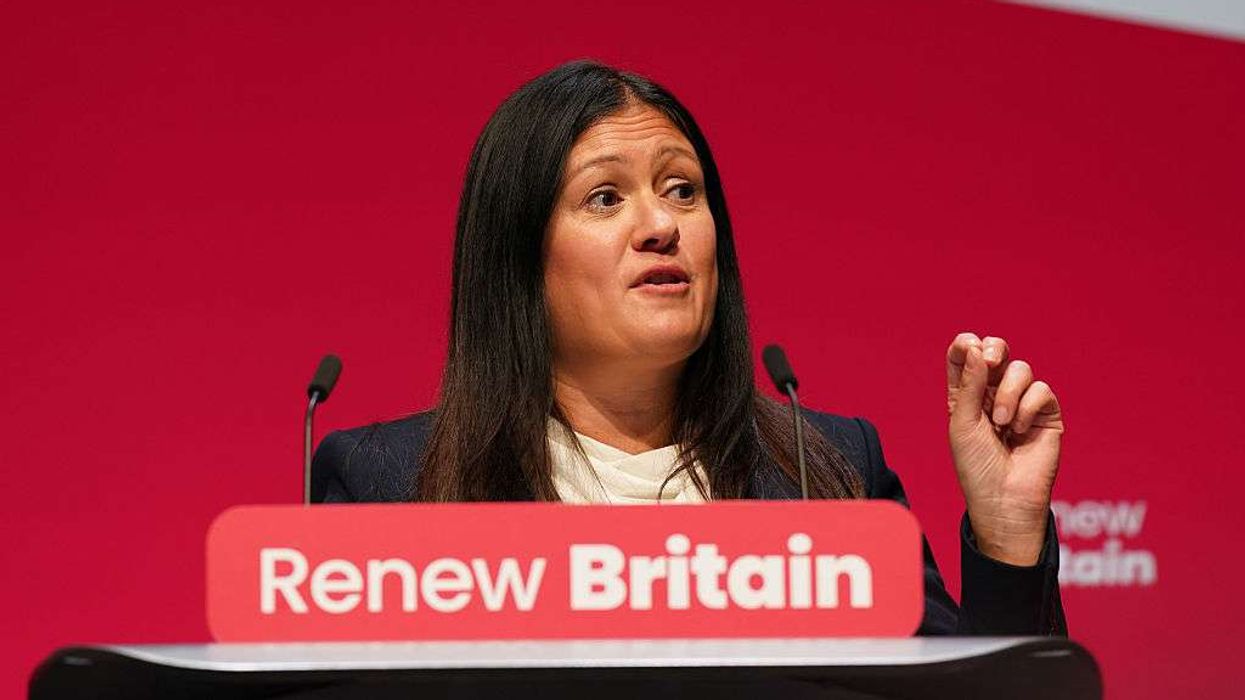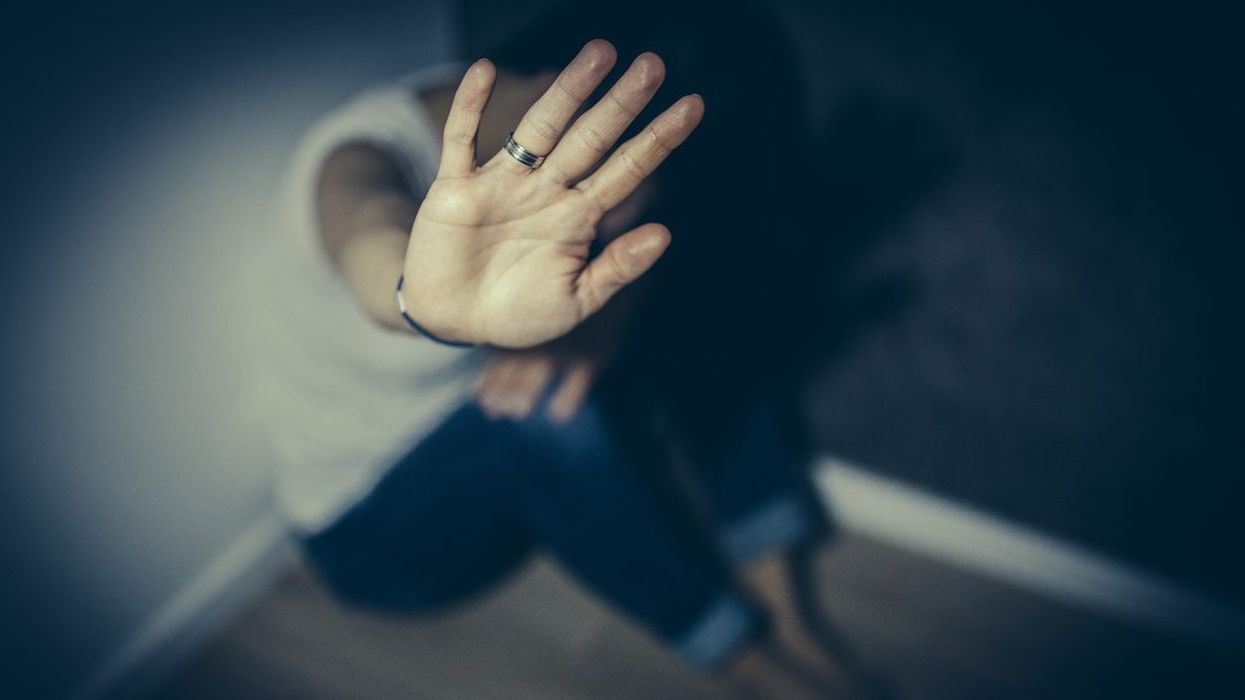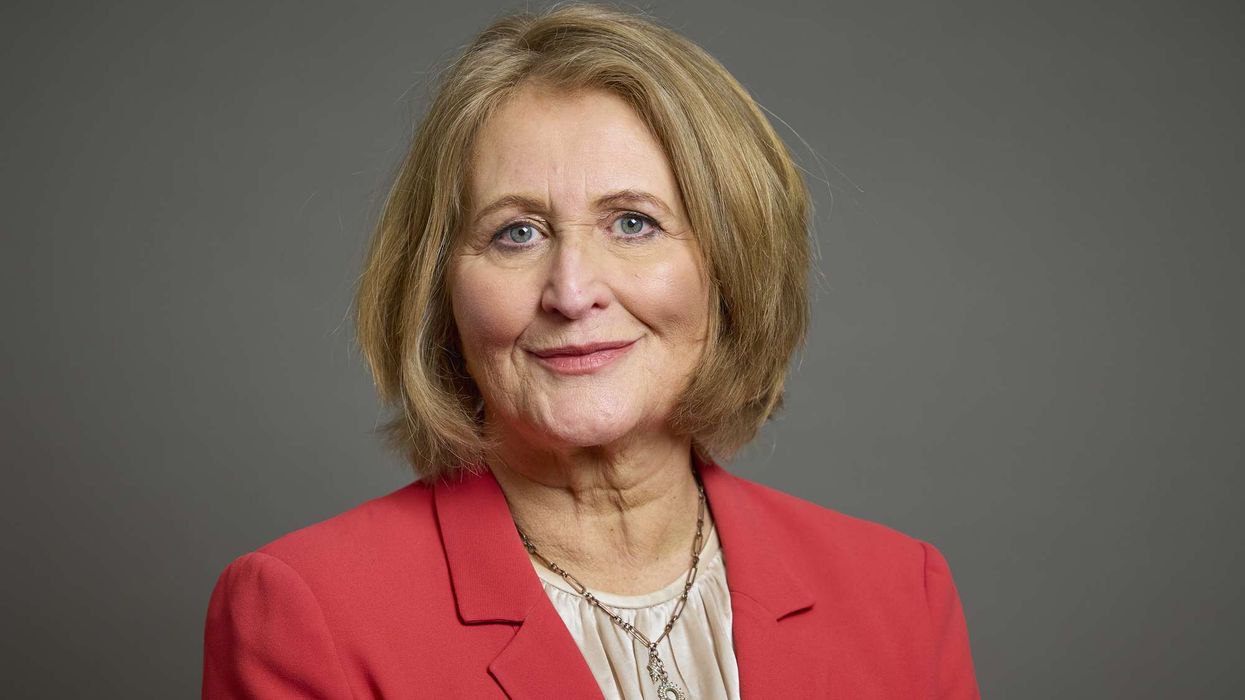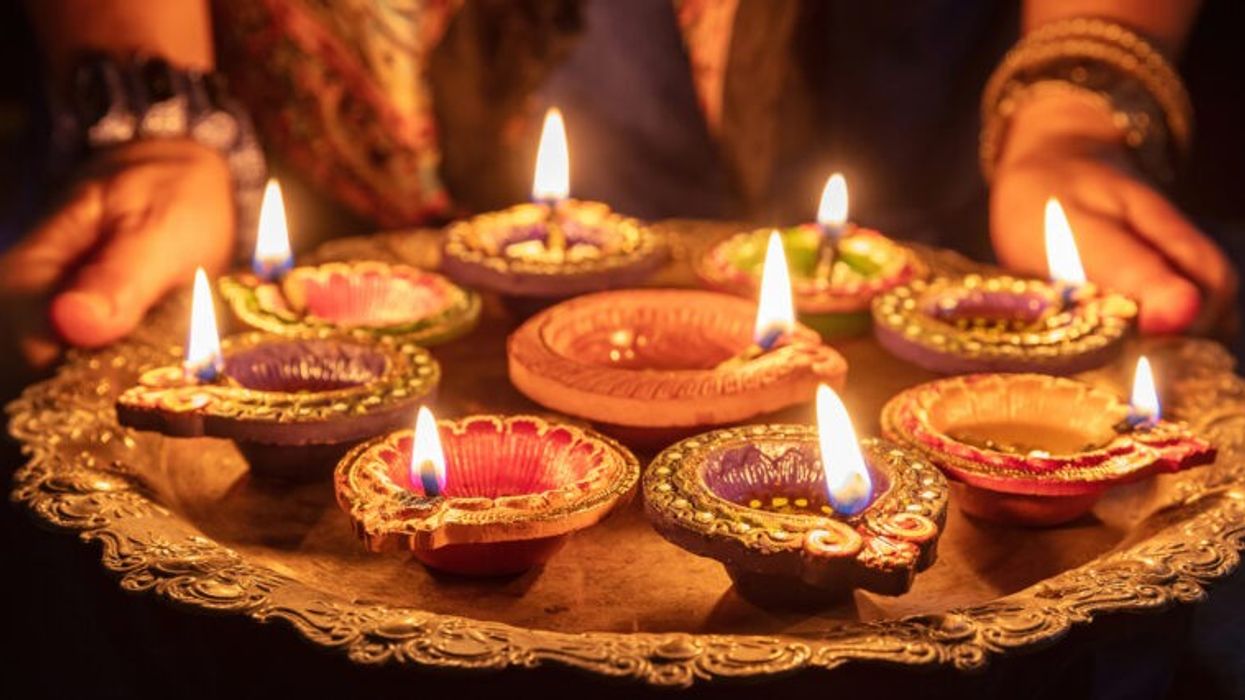BANGLADESHI students who played a key role in overthrowing the government last year unveiled a new political party last Friday (28), the latest outfit to join the fray ahead of expected elections.
The party includes key organisers from the powerful Students Against Discrimination (SAD) group that spearheaded the uprising which ousted former prime minister Sheikh Hasina in August.
The new Jatiya Nagarik Party - or National Citizen’s Party in English - kickstarted its journey in front of the National Parliament last Friday, joined by thousands of supporters who wore green-andred bandanas, the colours of Bangladesh’s national flag.
Nahid Islam, a former adviser to the interim government, is leading the new political party as the convener, while Akhtar Hossain will be the member secretary.
Nahid said the new party will be a “democratic, egalitarian, people’s party”. “A second republic is now the need of the hour. And for this we need the constituent assembly election first,” he said.
Akhtar Hossain said their party will strive to attain “social justice, and human dignity”.
“The youth want a new constitution, and the context is now set,” Hossain said.
Organisers also screened documentaries depicting the events that led to the end of Hasina’s rule.
Among the attendees was Mohammad Shahin Alam, 37, who lost his teenaged son during the mass uprising. Alam said he hoped the new party would ensure “justice for the bereaved families”.
The head of the caretaker government, Muhammad Yunus, has said that general elections will take place in late 2025 or early 2026.












